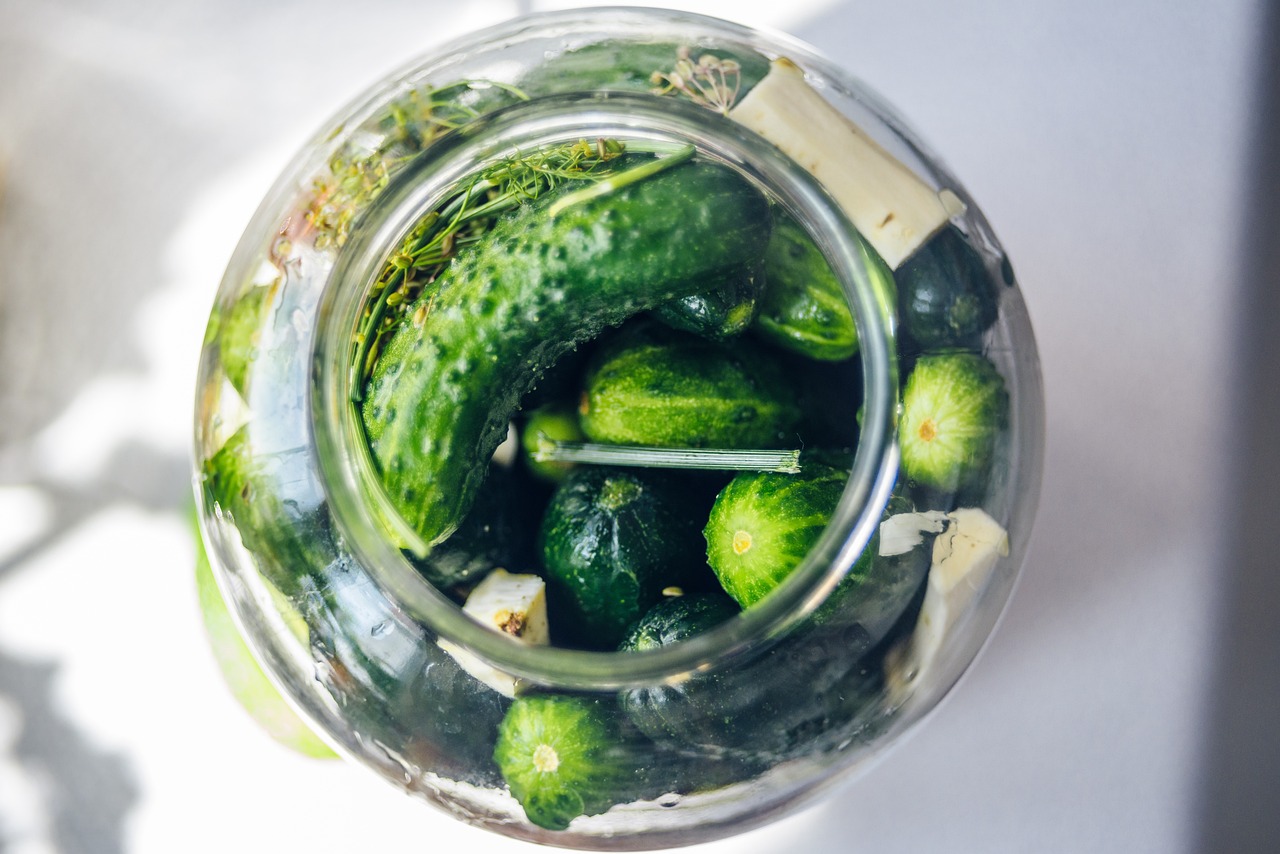Ahhhh, there’s nothing better than a crunchy, home made pickle. One advantage of making your own is that you can adjust the ingredients to produce the flavors you want. Want them sweet? Sour? Spicy? Just adjust the ingredients and you can have whatever you prefer.
But, are you comfortable feeding them to your friends and family? Are they safe? Here are some tips to help you make sure your pickles are safe.
1. Rule number one, above all others: Discard any preserved food that is mushy or has a foul odor. It is not worth taking a chance if you are not sure they are safe. When in doubt…throw them out!
2. Everything that touches the cucumbers must be sterilized. The jars, lids and all utensils used, must be sterilized. This may be accomplished by submerging in a boiling water bath for a minimum of 10 minutes.
3. The cucumbers used for pickling should be free from bruises or blemishes and, ideally, should be canned within 24 hours of being picked. If you buy cucumbers from the store, use them the same day they are purchased. Do not use waxed cucumbers. Wax interferes with the curing process. Unfortunately, most store-bought cucumbers today are waxed to give them a shiny appearance.
4. Use only trusted recipes. Do not change the amount of vinegar, salt or water called for in the recipe. The ratio of salt to vinegar is a critical element in curing the cucumbers and making safe pickles.
5. The container used for making the brine (salt/vinegar mix) should be stainless steel, aluminum, glass or un-chipped enamel ware. Do not use copper, brass, galvanized or iron utensils. These metals can react with acids or salts and cause undesirable color changes and/or form toxic compounds in the pickles.
6. Used canning jars may be used if they have no cracks or chips. New lids should always be used. Other jars, such as used Mayonnaise jars should not be used since they are difficult to seal properly.
7. After packing the cucumbers in the jars and attaching lids hand tight, they should be processed in a boiling water bath. Follow the instruction in your recipe to determine how long to process. Usually 10-20 minutes. Be aware that if you are at altitudes over 1,000 feet, you must process a little longer. If your recipe does not specify, add 5 minutes to the processing time.
Make sure the boiling water completely covers the top of the jars. Do not start counting the time for processing until the water returns to a full boil after placing the jars in the water.
This is not an all inclusive list of every canning tip, but if you follow the cautions here, you can be fairly comfortable that your home made pickles are safe to eat.
The Author:
Ken Miller
